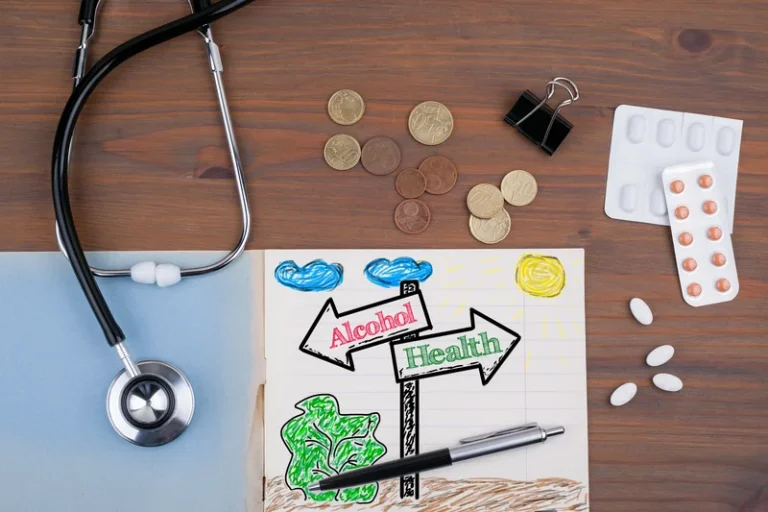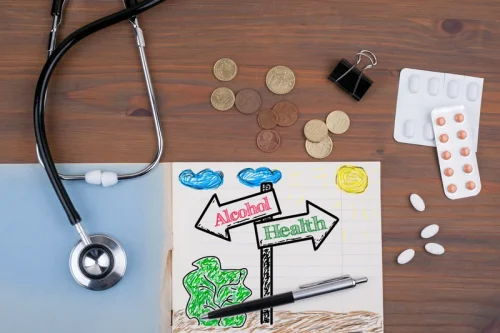
Social drinking is a common occurrence in the U.S. and around the world. From ancient times to the colonial settlers to today, beer, wine, and spirits signify friendship and connecting with others in social settings. Social drinking can be fun https://ecosoberhouse.com/ but can lead to serious problems if not done responsibly.
- In the States, 47% of men drink often versus 31% of women, and more than twice the amount drink ‘very often’ (24% vs 11%).
- If you’re unsure whether your drinking habits are becoming a concern, here are some red flags to watch for.
- When we see our friends or coworkers regularly engaging in social drinking, it becomes easier to see it as normal behavior.
Social Drinkers, Problem Drinkers and Alcoholics

Heavy drinking can turn deadly, especially when it involves binge drinking. Binge drinkers aren’t always physically dependent on alcohol, but their pattern of drinking can be just as dangerous. In terms of differences between age groups, older drinkers prefer beer, while younger ones will opt for spirits and cocktails read more about Gen Z drinking trends. In the US, pre-mixed drinks are a popular choice for consumers aged on a night out or at a party (44%), although it’s more likely to be males buying them.
- Predictably, the alcoholic beverage industry opposes more restrictive guidelines.
- Cats struggle to process sugar, and some sweeteners – like xylitol – are highly toxic and can cause severe health problems.
- Social drinking is a common occurrence in the U.S. and around the world.
- Social drinkers, regardless of the amount of alcohol, only drink when they are with people.
Social Drinking: A Cultural Overview
Furthermore, social drinking often engenders a feeling of camaraderie and shared experiences, thereby serving as a powerful social ice breaker. However, while alcohol may temporarily soften the edges of social discomfort, it’s essential to recognize that it’s not a long-term solution for deeper, ingrained social anxieties or insecurities. And in fact, if we are not mindful about our intake, long-lasting problems can arise. A social drinker is someone who drinks socially or in the company of other people. They might drink during a particular event or celebration where it is generally considered acceptable to consume alcohol, such as at a wedding or a party. A person what is social drinking who’s no longer just a social drinker may deny it, but friends or family members will notice the problem.
With ‘damp drinking’ and ‘zebra striping’, Gen Z are embracing moderation – not abstinence – from alcohol
If you drink to escape stress, numb your emotions or ease depression or anxiety symptoms, alcohol is no longer a social activity – it has become your primary coping mechanism. Unfortunately, self-medicating with alcohol can worsen your mental health issues in the long run. The line between social drinking and alcohol misuse isn’t always obvious.

About Granite Recovery Centers
Occasional drinking may start to morph into social drinking when we find ourselves relying on alcohol more frequently to numb our emotions or temporarily escape from life’s challenges. It becomes an easy solution, a quick fix that seems harmless at first. From toasting at weddings to raising a glass on birthdays, occasional drinkers embrace alcohol as a way to mark special occasions.
Also, those who may be developing an alcohol use disorder might use social outings as an excuse to cover up a growing substance use disorder. Some people treat alcoholism by cutting back on drinking a few nights a week or going cold turkey. They may set personal goals, engage in new hobbies to distract them from alcohol, or drink substitutes like non-alcoholic beer. However, alcoholism covers a spectrum and many people are “high-functioning alcoholics.” High-functioning alcoholics seem to have it all together on the outside. On the inside, however, they’re dealing with physical and emotional issues from binge drinking. Let’s take a closer look at signs that indicate your ‘social drinking’ might be crossing the line into problem drinking.
These limitations make it hard to know how much to rely on studies that find health risks (or benefits) to alcohol consumption. The practice of social drinking has a rich history that spans thousands of years, deeply intertwined with the fabric of human society. From ancient rituals to modern social norms, alcohol has played a diverse role in social interactions, cultural practices, and even the development of civilizations. Historical records indicate that alcoholic beverages were not only consumed for pleasure but were also important in religion, nutrition, medicine, and as a facilitator of relaxation and social bonding.
Start Your Recovery with Granite
There is actually no definitive moment—nor is the answer the same for every person. Let’s look at the definition of social drinking, why people drink socially, and some red flags to look out for. The benefits of social drinking are similar to those of moderate alcohol consumption. However, people must make informed choices about their alcohol consumption while considering their situation. Drinking problems often develop in your late teens or early twenties and are highly influenced by peer pressure. This may involve binge drinking every weekend, regularly blacking out or finding yourself in an alcoholic stupor for days at a time.

Alcohol and other drug support organisations such as Hello Sunday Morning and Smart Recovery offer free, evidence-based, digital support and resources for people looking to change their drinking. If you drink within the guidelines – no more than ten drinks a week and no more than four in any one day – you have a one in 100 amphetamine addiction treatment chance of dying from an alcohol- related illness like cancer or heart disease. The rise of “damp drinking” is another shift from all-or-nothing approaches to alcohol.
